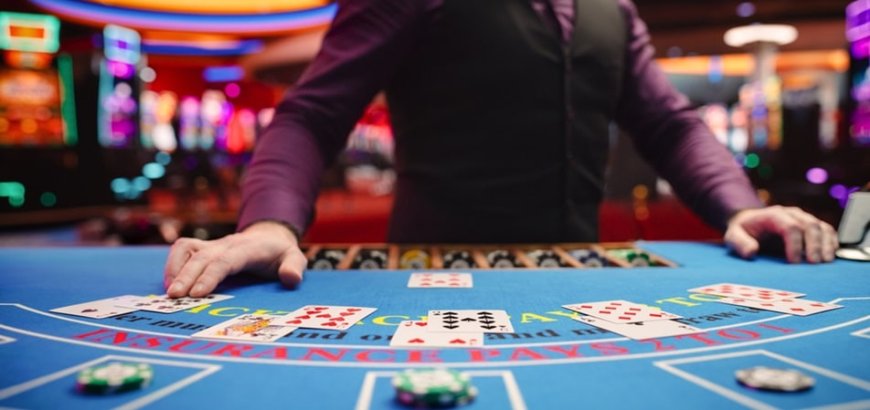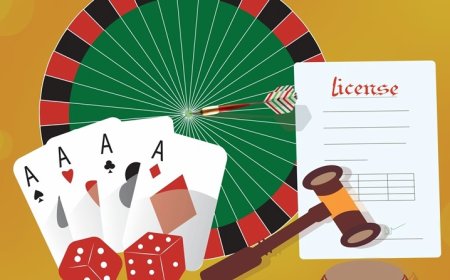The Psychology Behind Crash Games: Why Players Keep Coming Back

Introduction
Crash games are a captivating blend of risk and reward, but their true power lies in psychology. Understanding what drives players crash games gamblingto keep betting can reveal why these games are so addictive. The blend of suspense, instant feedback, and social validation creates a compelling experience hard to resist.
The Thrill of Uncertainty
Humans are naturally drawn to uncertainty and risk. Crash games play perfectly on this trait by offering unpredictable outcomes every round. The suspense of watching the multiplier rise creates a rush of adrenaline, triggering dopamine release. This chemical response reinforces the desire to continue playing and chase the next win.
Immediate Rewards Fuel Addiction
Crash games deliver instant results. Wins or losses are known within seconds, creating a feedback loop that players find addictive. The immediacy of rewards satisfies the brains craving for quick gratification, encouraging repeated bets. This rapid cycle is much more compelling than traditional games with slower payouts.
Near Miss Effect
Near misseswhen the crash happens just before a high multiplieris a powerful psychological trigger. Players perceive near wins as almost-successes, which motivates them to keep trying. This effect is similar to slot machines and can lead to increased betting despite repeated losses, as the brain is wired to focus on almost winning.
Social Proof and Peer Influence
Watching others win big through streaming and social media increases players confidence and desire to try their luck. Peer influence and social proof create a fear of missing out (FOMO), encouraging more people to join in. Seeing real-time wins by others makes the game appear fair and winnable.
Loss Chasing and Emotional Bias
Crash games fast pace often causes players to chase losses emotionally. Instead of stopping after a loss, they place bigger bets to recover quickly. This behavior is driven by cognitive biases and emotional decision-making, which overrides rational judgment and can lead to bigger losses over time.
Gamification and Engagement
Many crash platforms use gamification techniques like leaderboards, achievements, and rewards to keep players engaged. These features tap into the human desire for achievement and competition. By offering goals beyond just winning money, games maintain player interest and encourage longer play sessions.
Risk and Control Illusion
Players often feel a sense of control by deciding when to cash out. This perceived control enhances the experience, even though the outcome is random. The illusion of control encourages players to believe their decisions impact results, which increases engagement and keeps them invested in the game.
Conclusion
The psychology behind crash games combines excitement, instant gratification, social influence, and cognitive biases to create a compelling experience. Understanding these factors helps explain why players keep coming back despite risks. Awareness of these psychological triggers is key to enjoying crash games responsibly and avoiding addictive behavior.





































